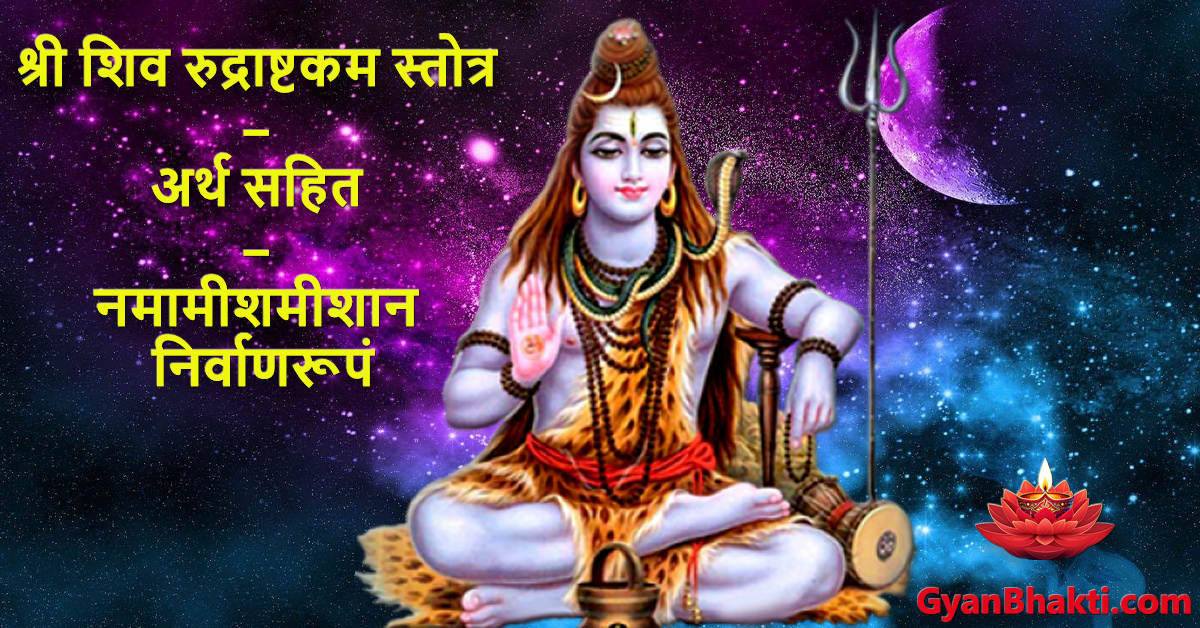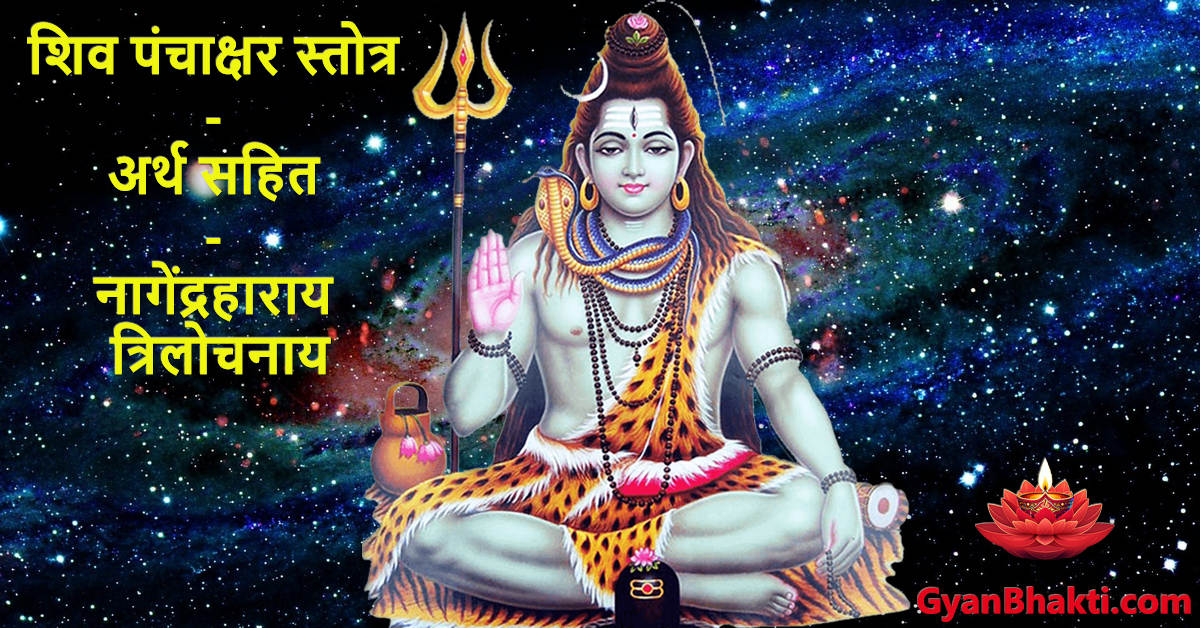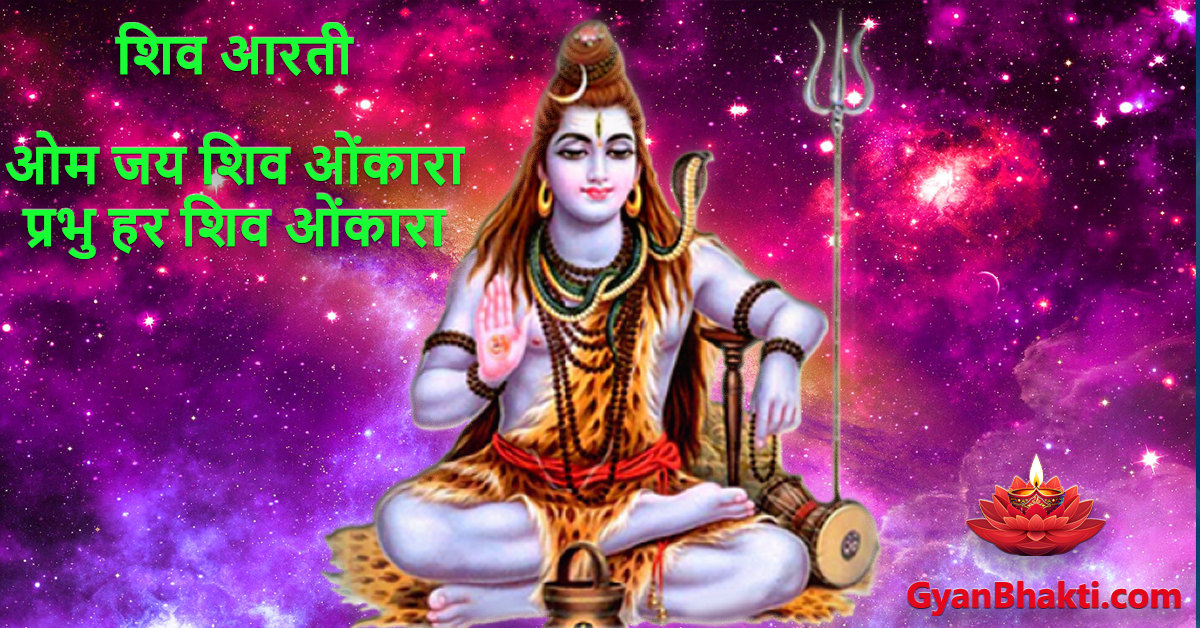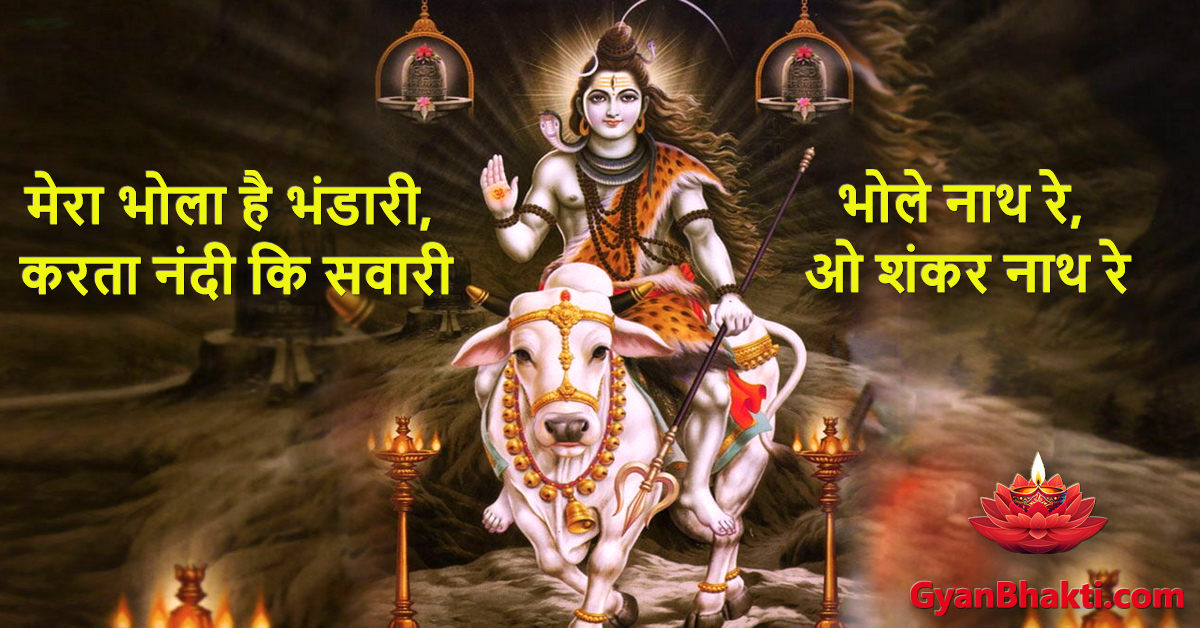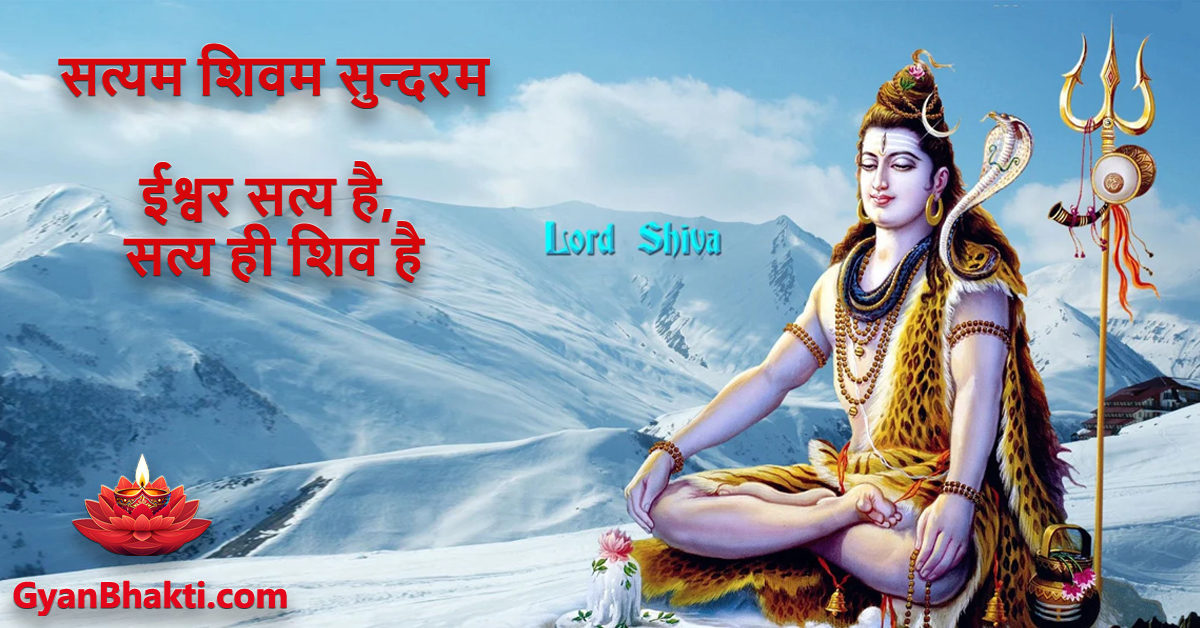Bum Bhole Bum Bhole – Yahi Wo Tantra Hai
Om namah shivaay, Om namah shivaay
Bum bhole, bum bhole, bum bum bum
Bum bhole, bum bhole, bum bum bum
Yahi vo tantra hai, yahi vo mantra hai
prem se japoge to mitenge saare gum
Kabhi yogi, kabhi bhogi,
kabhi baal brahmachaari
kabhi aadidev, mahaadev tripurari
Kabhi shankar, kabhi shambhoo,
kabhi bhole bhandaari,
naam hai anant tere jag balihaari
Shiv ka naam ho, subah shaam ho
gaate raho jab tak, dum mein hai dum
Bum bhole, bum bhole….
Daksh prajaapati jab ahankaaraa,
trishool se shish utaara
maafi maangi hosh mein aayo,
bakare ka tab shish lagaayo
Ashutosh bhole baaba bhaye prasann
bakare ne mukh se jo boli bum bum
Bam bhole, bam bhole….
(from – shiv rudraashtakam stotram)
Kalaatit kalyaan kalpaant kaari,
sada sajjananand daata puraari.
Chidanand sandoh moha pahaari
prasid prasid prabho manmathaari.
Dhyaan lagai ke, jyot jalai ke
shiv ko pukaarate chalo ji har dam
Bam bhole, bam bhole….
Khel rahi hai jata mein ganga,
tan pe khaal khaal bagambar angaa,
Baaje damaroo peekar bhangaa,
mero jogi mast malangaa
Bhakt maange teri nazare karam
Bum bhole, bum bhole….
Yahi vo tantra hai, yahi vo mantra hai,
prem se japoge to mitenge saare gum
Bum bhole, bum bhole, bum bum bum
Bum bhole, bum bhole, bum bum bum
Om namah shivaay, Om namah shivaay
Bum Bhole Bum Bhole Yahi Wo Tantra Hai
Shiv Bhajan
- Om Jai Shiv Omkara - Shiv Aarti
- Saj Rahe Bhole Baba Nirale Dulhe Mein
- Mera Bhola Hai Bhandari, Kare Nandi Ki Sawari
- Shiv Shankar Ko Jisne Puja
- Satyam Shivam Sundaram
- Aisi Subah Na Aaye, Aaye Na Aisi Shaam
- Kailash Ke Nivasi Namo Bar Bar
- Sheesh Gang Ardhang Parvati - Shiv Aarti
- Hey Shambhu Baba Mere Bhole Nath
- Shri Badrinath Stuti - Badrinath Aarti
- Bolo Bolo Sab Mil Bolo Om Namah Shivaya
- Shiv Shankar Damru Wale - Hai Dhanya Teri Maya Jag Me
- Bum Bhole - Yahi Wo Tantra Hai
- Shiv Ka Naam Lo, Har Sankat Mein Om Namo Shivaay
- Subah Subah Le Shiv Ka Naam
- Om Sundaram Omkar Sundaram
- Shankar Mera Pyara, Maa ri Maa Mujhe Murat La De
- Aao Mahima Gaye Bhole Nath Ki
Bum Bhole Bum Bhole – Yahi Wo Tantra Hai – Spiritual Meanings
Yahi vo tantra hai, yahi vo mantra hai
prem se japoge to mitenge saare gum
This is the tantra (spiritual practice), this is the mantra (sacred chant). If you chant it with love, all sorrows will be eradicated.
Bum bhole, bum bhole, bum bum bum
“Bum bhole” refers to the words chanted during devotional songs dedicated to Lord Shiva.
This verse emphasizes the power of devotion and chanting the sacred mantra of Lord Shiva. It suggests that through sincere and loving chanting of Lord Shiva’s name, one can find relief from all sorrows and challenges.
Kabhi yogi, kabhi bhogi, kabhi baal brahmachaari
kabhi aadidev, mahaadev tripurari
Sometimes, Lord Shiva takes the form of a yogi (ascetic), sometimes he enjoys worldly pleasures (bhogi). He can appear as a young celibate (bal brahmachaari) or the primordial god (aadidev), the great god of gods (mahaadev), and the destroyer of the demon Tripurasura (Tripurari).
Kabhi shankar, kabhi shambhoo, kabhi bhole bhandaari, naam hai anant tere jag balihaari
He is also known as Shankar, Shambhoo, and the compassionate holder of the sacred Ganges (Bhole Bhandaari). Your name, O Shiva, is infinite, and the world is a devotee of yours.
This verse describes the various manifestations and aspects of Lord Shiva. It highlights how he can take on different roles and forms, from a meditative ascetic to a playful enjoyer of life, from a young celibate to the ultimate divine force and destroyer of evil. It acknowledges his many names and attributes while emphasizing the boundless nature of his divine existence.
Shiv ka naam ho, subah shaam ho
gaate raho jab tak, dum mein hai dum
Let the name of Shiva be with you, morning and evening. Keep singing his name as long as there is breath in your body (“dum mein hai dum” refers to the breath). In other words, keep chanting and singing Lord Shiva’s name throughout your life.
This verse encourages continuous devotion to Lord Shiva, urging the devotee to chant his name with devotion and dedication, from morning till evening and as long as they live. It emphasizes the eternal nature of devotion and the power of continuous remembrance of the divine.
Daksh prajaapati jab ahankaaraa, trishool se shish utaara
maafi maangi hosh mein aayo, bakare ka tab shish lagaayo
Ashutosh bhole baaba bhaye prasann
bakare ne mukh se jo boli bum bum
When Daksha Prajapati (a mythical figure in Hinduism) became egoistic and arrogant, Lord Shiva beheaded him with his trident (trishool). Daksha regained his senses and sought forgiveness. Upon Daksha’s request, Lord Shiva was pleased and attached a goat’s head to him. The merciful and easy-to-please Lord Shiva became happy. The goat then chanted “bum bum” from its mouth.
This verse narrates the incident of Daksha Prajapati’s arrogance and his subsequent forgiveness by Lord Shiva. It highlights Shiva’s benevolence and readiness to pardon and bless those who seek his forgiveness.
This verse is from Shiv Rudrashtakam –
Kalaatit kalyaan kalpaant kaari,
sada sajjananand daata puraari.
Chidanand sandoh moha pahaari,
prasid prasid prabho manmathaari.
Lord Shiva is beyond the limitations of time (kalaatit), the one who bestows auspiciousness (kalyaan), the creator of the end of time (kalpaant). He is forever joyful, the giver of bliss to the virtuous (sajjananand daata puraari). He removes the mountain of ignorance and delusion (moha pahaari), and I pray for his blessings and grace.
This verse praises Lord Shiva’s divine attributes and role as the supreme and eternal being. It describes him as the source of auspiciousness and joy, the remover of ignorance, and the one who transcends time itself.
Dhyaan lagai ke, jyot jalai ke
shiv ko pukaarate chalo ji har dam
With focused meditation and the flame of devotion, keep calling upon Lord Shiva constantly.
This verse encourages continuous meditation, devotion, and remembrance of Lord Shiva. It emphasizes the importance of keeping the flame of love and dedication burning in one’s heart and calling upon Shiva with sincerity at all times.
Khel rahi hai jata mein ganga,
tan pe khaal khaal bagambar angaa,
The sacred river Ganga is playfully flowing in Lord Shiva’s matted hair (jata). He wears a tiger skin on his body, and he is adorned with the ashes of cremation grounds (bagambar angaa).
Baaje damaroo peekar bhangaa,
mero jogi mast malangaa
Bhakt maange teri nazare karam
He plays the damaroo (a small drum) and enjoys consuming bhang (a traditional intoxicating drink). My yogi (ascetic) is ecstatic and intoxicated in divine love. The devotee seeks your benevolent gaze and blessings.
This verse depicts the unique and divine appearance of Lord Shiva. It describes how the river Ganga flows gracefully in his hair, how he adorns a tiger skin, and the ashes of cremation grounds symbolize his renunciate nature. It portrays him as a blissful and carefree ascetic who enjoys playing the damaroo and consuming bhang as part of his divine dance. The devotee seeks his grace and blessings through these expressions of devotion.
Overall, these bhajan lyrics beautifully express devotion and admiration for Lord Shiva, extolling his divine qualities and encouraging continuous devotion and meditation upon him.
Shiv Bhajan
- Hey Shiv Shankar Param Manohar
- Shankar Teri Jatao Se, Behti Hai Gang Dhaara
- Ganga Kinare Chale Jana
- Hey Bhole Shankar Padharo
- Jai Girijapati Deen Dayala - Shiv Chalisa
- Man Mera Mandir Shiv Meri Puja
- Milta Hai Sacha Sukh Keval, Shivji Tumhare Charano Mein
- Ab Daya Karo Hey Bholenath Lyrics
- Mahadev Shankar Hai Jag Se Nirale
- Hey Shiv Pita Parmatma
- Jai Bhole Jai Bhandari Teri Hai Mahima Nyari
- Subah Subah Hey Bhole Karte Hain Teri Pooja
- Bhole Nath Se Nirala Koi Aur Nahi
- O Shankar Mere Kab Honge Darshan Tere
- Bhole Ka Deewana
- Bigdi Meri Bana Do Mere Baba Bhole

